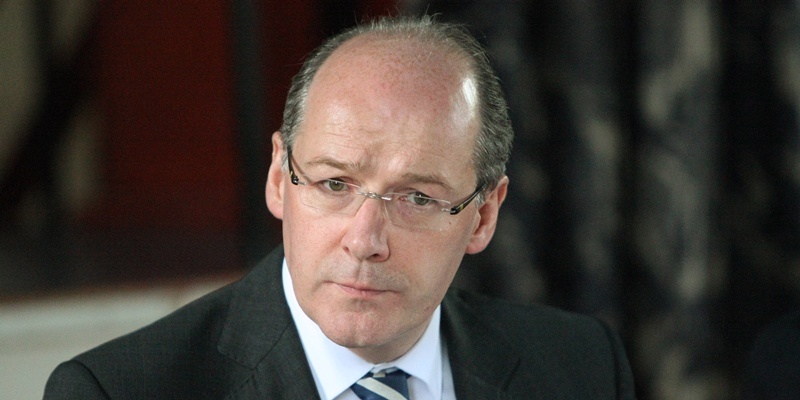Scotland’s replacement for stamp duty will help first-time buyers get on the market, according to the Finance Secretary.
The Courier can reveal details of John Swinney”s proposals, which will see taxes linked more closely to a property”s value than under the current system.
Mr Swinney said the Land and Building Transactions Tax (Scotland) Bill, introduced using powers in the Scotland Act 2012, will also help families looking to upgrade their home.
The bill is the first time the Scottish Parliament will be able to both set and collect a proportion of its own revenue and is being seen by the SNP as an “historic first opportunity” for Holyrood to take control of taxation.
“Today we take a further step toward setting and collecting of taxes in Scotland and doing so better and at less cost than the UK Government,” said Mr Swinney.
“In this bill we are setting out an innovative approach to taxation that is much better aligned with Scots law and practices, and the principle of progressive taxation.
“The changes we are proposing would give us the opportunity to better support first-time buyers trying to get on to the housing ladder or families buying bigger homes that better suit their needs.
“Rather than the current distortive ‘slab’ approach, which sees people pay too much tax and distorts the market, we will ensure that taxpayers pay an amount more proportionate to the value of their property.”
Land and Buildings Transaction Tax (LBTT), which will apply to the purchase or leasing of land and buildings, will replace the UK Government’s system of stamp duty land tax in Scotland in April 2015.
The Scottish Government said the proposals are a more “progressive tax structure,” with the amount of tax paid more closely related to the value of the property.
The UK system of stamp duty land tax is linked to value but has been criticised for grouping a wide range of properties together. Mr Swinney used the announcement to call for all tax powers to be devolved.
He said: “The approach I am outlining today represents a strong foundation for the future. This government’s approach to taxation is founded on Scottish principles that have stood the test of time since the days of Adam Smith.
“Taxation should be proportionate, taxpayers should have certainty about what they should pay, it should be convenient and it should be efficient.
“Our tax system will meet the needs of a modern, 21st century Scotland, grounded on solid foundations and delivering sustainable economic growth.
“However the transfer of tax powers in this one area only adds to the case for the responsibility for all taxation in Scotland to rest with the Scottish Parliament.
“The changes we are making show that where we have the powers we are able to design a system better suited to Scotland’s interests. Only in an independent Scotland, where Scotland has full control over all economic levers, will the interests of Scotland be best served.”
